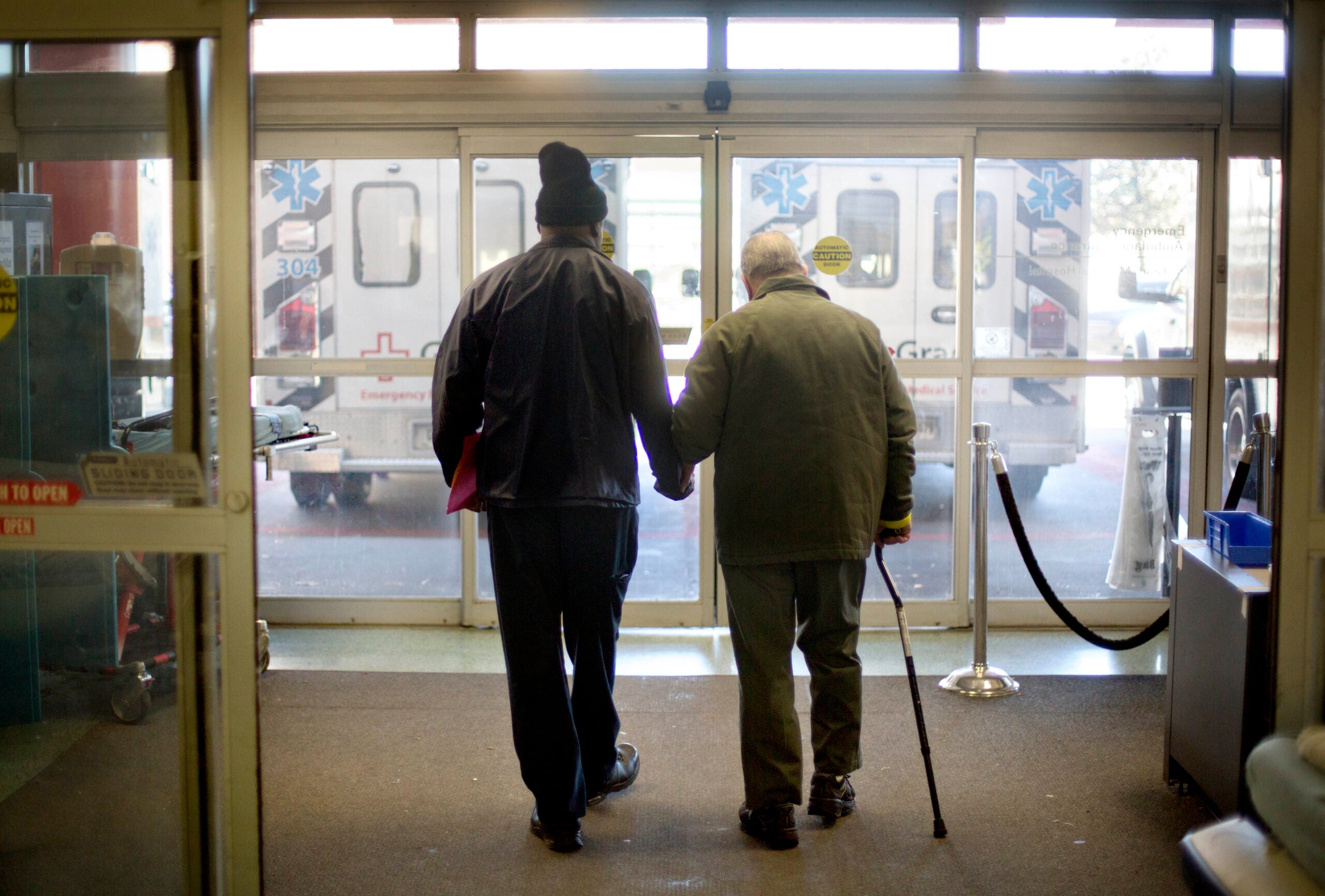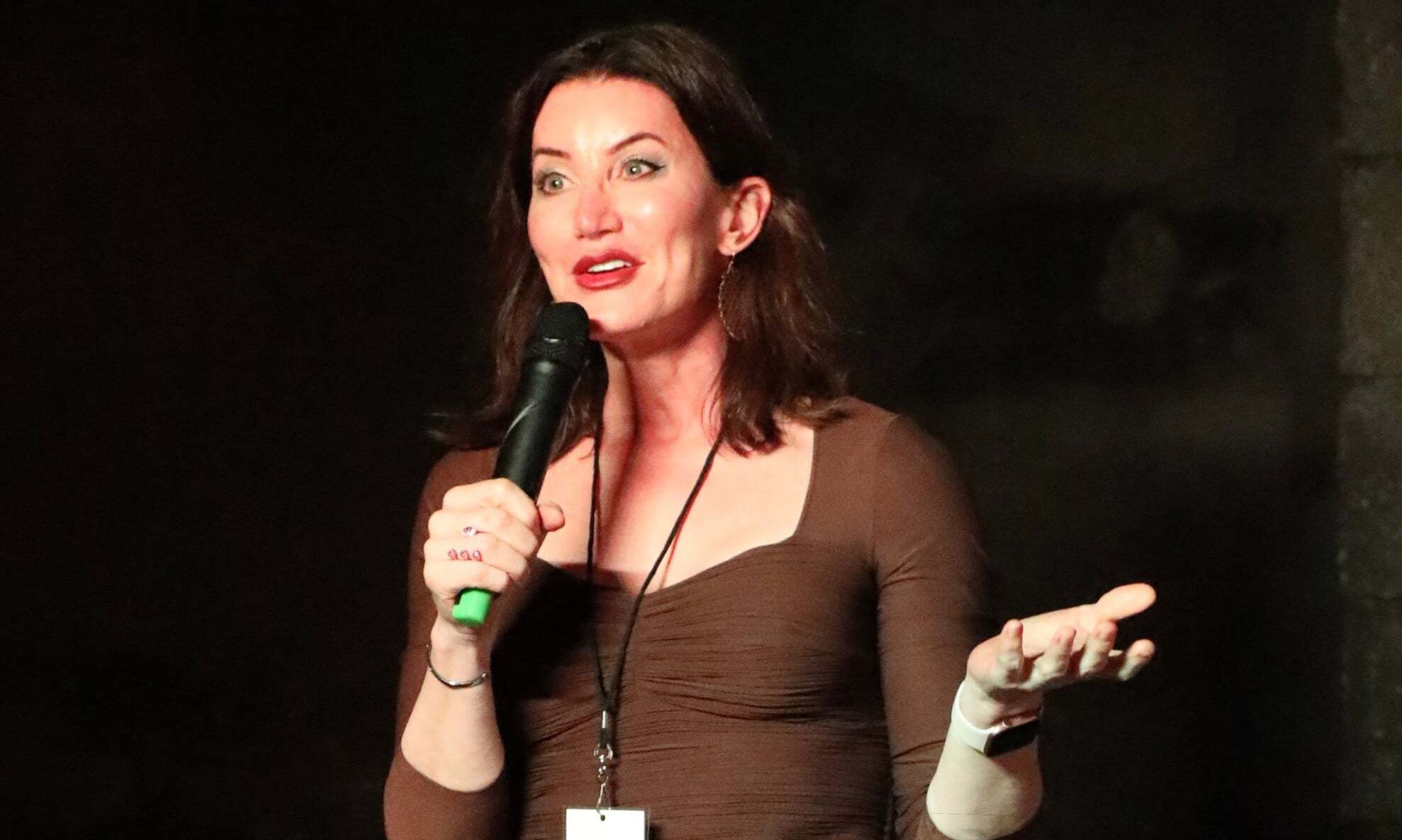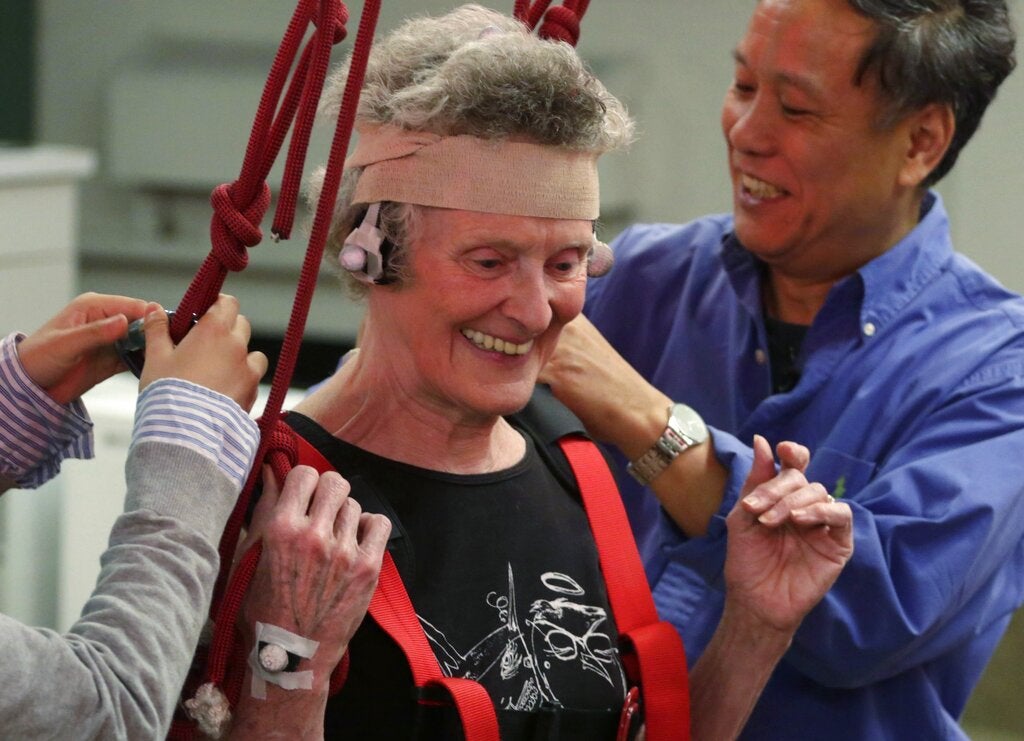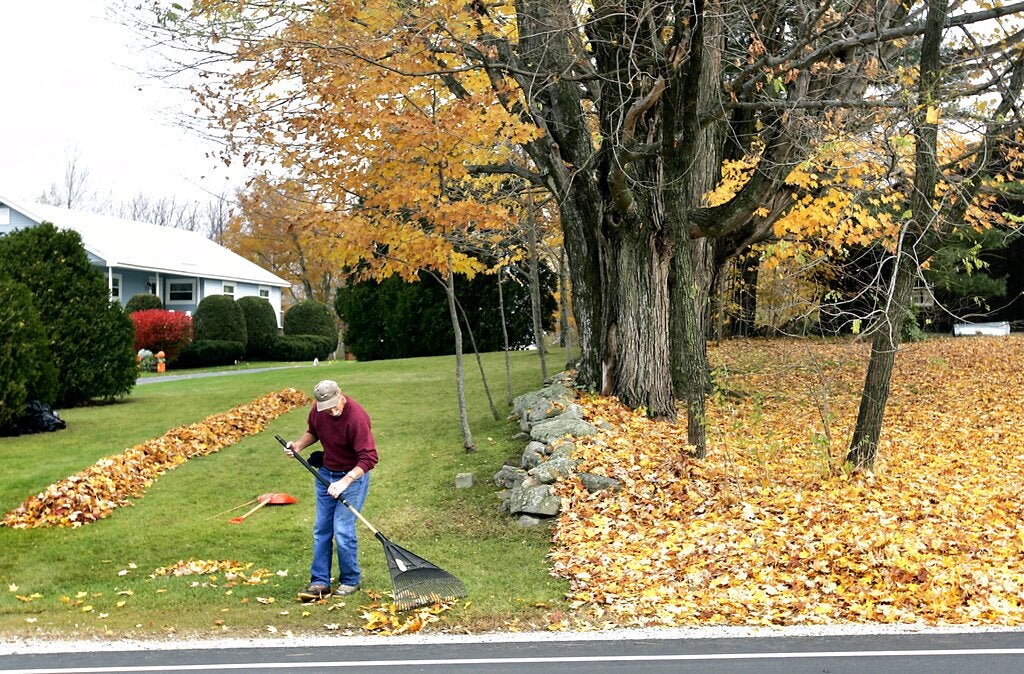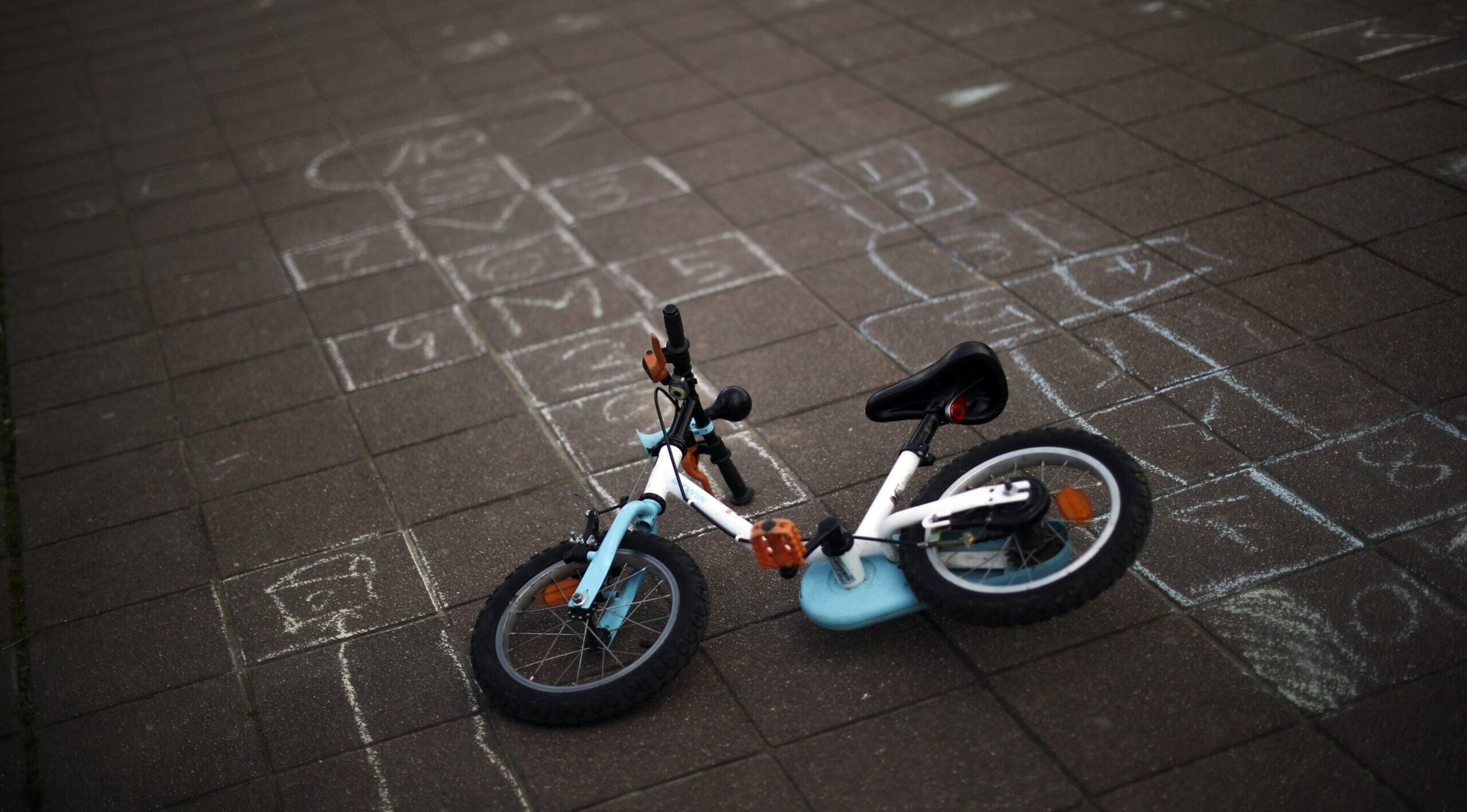Wisconsin has the highest death rate due to falls among older adults countrywide. There’s not a definitive reason why that is, said Kris Krasnowski, executive director at the Wisconsin Institute for Healthy Aging.
There is some speculation that the state’s rate is so high because:
- Wisconsin may report death-related falls more robustly than other states;
- Wisconsin consumes high amounts of alcohol, which can affect the seriousness of a fall;
- Cold weather brings icy conditions and more people could have catastrophic falls from slipping on ice;
- More time is spent indoors because of the cold weather, and data shows most falls happen in the home. That increases the likelihood of one of those falls being catastrophic.
News with a little more humanity
WPR’s “Wisconsin Today” newsletter keeps you connected to the state you love without feeling overwhelmed. No paywall. No agenda. No corporate filter.
Across the nation, falls are the leading cause of injury-related death among adults aged 65 and older, and the fall rate is increasing, Krasnowski told WPR’s “The Larry Meiller Show.”
People fall for a variety of reasons — because of external factors such as the weather or because of body changes like arthritis, neuropathy and vision loss, for just a few examples.
Dr. Gerald Pankratz, an associate professor and geriatrician at UW Health, said the most common injuries from falls are innocuous and might include a few bruises or cuts.
“On the more serious side, we’re definitely concerned about fractures of the big bones, the hip, most predominantly — there’s a marked increased risk in mortality and institutionalization in the months after having a hip fracture,” he said on “The Larry Meiller Show.”
In addition to dealing with the physical injuries from the fall, patients might lose self-confidence in their abilities to move independently. That could prove to be more damaging in the long run.
“They may be afraid … that they will have another fall, and that can lead them to spending more time at home, where a majority of the falls happen by a wide margin,” Krasnowski said.
Avoiding a fall in the first place is key
Accounting for all the hazards that could lead to a fall might not be possible, but being aware of what’s in your local environment is a good first step.
For example, pets being underfoot are one of the main causes of falls in the elderly. Being cognizant of where your pet is — even just having a general sense of where they are — can help to avoid tripping over them.
“When you think about hazards in the home, a lot of them are stationary,” Krasnowski said. “Your pets are not. Your pets are moving around the house as you are, most of the time following you around into different places.”
To test your knowledge of what could pose a fall risk and learn ideas for how to clear spaces in your own home, check out Falls Free Wisconsin’s interactive home safety challenge.
Not everyone is at risk of a fall. A 13-question survey on the Falls Free website will help you understand your own risk. If you’re at a high risk of falling, it’s advisable to talk with your doctor and potentially get a falls assessment.
“In that situation, we kind of proceed with some more assessment that are generally going to be more physical in nature,” Pankratz said, which includes watching gait speed, getting up from a chair, walking a certain distance and standing balance.
“Once you have that information, then we kind of better clarify after some additional medical evaluations … what pathway makes the most sense,” he said.
What to do before, during and after a fall
If someone has fallen previously and is scared of falling again, they may be spending more time at home and subsequently more time sitting.
That can negatively impact strength and balance, Krasnowski said.
Exercises that focus on strength and balance are important. Balance exercises could include the sit-to-stand, weight shifts and tandem walking.
Strength exercise regimens include leg lifts, heel raises and hip marches.
“I would just 100 percent endorse the importance of exercise and physical activity,” Pankratz said. “It’s probably what would move the needle the most as far as reducing your risk of falling.”
But it’s also important to learn the proper way to fall just in case, and the proper way to get back up. Protecting the head and the hips are most important, since those injuries can have serious implications for health.
- Relax. Tensing can lead to injury;
- Fall on soft surfaces and away from hard objects and corners;
- Fall on your buttocks or thighs, which are closer to the ground and can protect other areas more prone to fracturing;
- Bend your knees and elbows so you’re not in a position to lock your arms to stop your fall. That can cause broken wrists and elbows.
Krasnowski said knowing how to get back up is equally important, because sometimes folks aren’t injured but still require assistance.
Although 1 in 4 older adults experience a fall each year, of those, about 1 in 5 cause an injury, meaning a majority aren’t injured and may not require help if the proper steps are taken.
Instead of rushing to get back up after a fall, pause and check if you’re injured. If you’re not, focus on getting into a position where you can rely on your leg muscles to help get you back up.
Wisconsin Public Radio, © Copyright 2025, Board of Regents of the University of Wisconsin System and Wisconsin Educational Communications Board.

